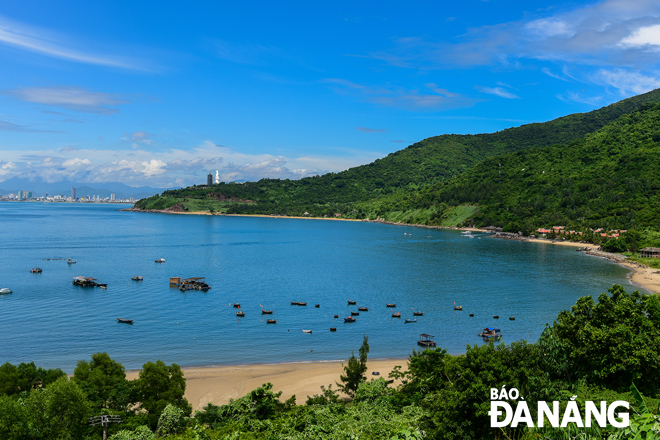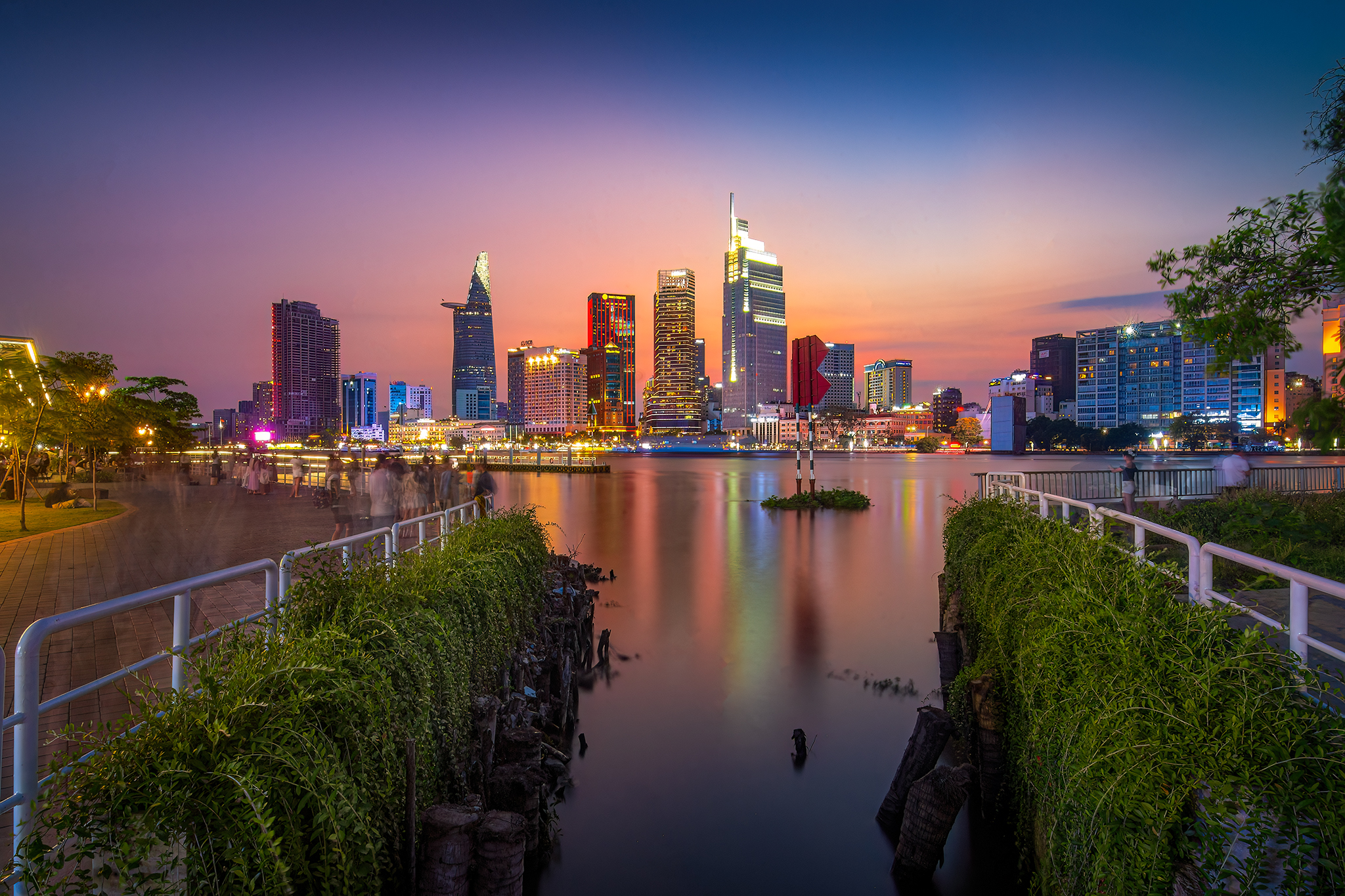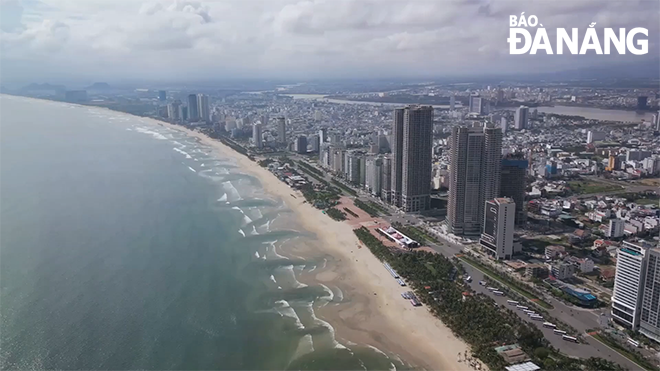Son Tra Peninsula - Stunningly beautiful place to visit in Da Nang
A great place to visit in Da Nang is the Son Tra Peninsula which is located about 10 km northeast from the centre of the city. The 4,439ha Son Tra Peninsula is so appealing to domestic and international arrivals to the city thanks to its strikingly beautiful natural scenery and fresh air.
 |
| In addition to exploring the beauty of different types of flowers and wild animals, visitors to the Son Tra Peninsular will have a chance to enjoy stunning panoramic views of the city from above. |
The Son Tra Peninsula is blessed with stunning white sand beaches, crystal clear turquoise waters, and fantastic coral reefs which are ideal for snorkelling and diving.
The peninsula boasts a variety of rare plant and animal species, plus many tourist attractions worth visiting.
The Son Tra Peninsula is considered a precious natural gift, a ‘green lung’, and home of the 'Queen' of the primate species, in the heart of the city. It has been emerging as one of the city’s must-visit destinations.
The best time to visit Son Tra Peninsula for sightseeing and outdoor activities is between March to September. You will see sunny skies and beaches with clear blue water, as well as there are hardly storms. You can discover the beauty of the peninsula and its wild animals, take a breath of fresh air, be immerse yourself in the great outdoors, and dive to discover the underwater world.
There are many different ways to travel to the peninsula, depending on how you like to get around with what types of transport. You can travel to the Peninsula by your motorbikes, or 4-wheeled vehicles. Also, you can use transit vehicles to travel to the peninsula with their reasonable fares and suitable time.
Bellows are specific transit routes:
Route No 1: APEC Parking Area - more-than-a-century-old banyan tree. Time for travelling on the route is about 60 minutes. Transit fares are 45,000 VND per person.
Route No 2: Transit area at the intersection of Hoang Sa and Le Duc Tho streets - Vong Canh Hills - Helicopter Base - Ban Co Peak - heritage banyan tree - Linh Ung Pagoda - Transit area at the intersection of Hoang Sa and Le Duc Tho streets. It will take about 180 minutes to pass through the route, and stopping time at each point is between 15 and 30 minutes. Transit fares are 60,000 VND per person.
Route No 3: Transit area at the intersection of Hoang Sa and Le Duc Tho streets -Red-shanked douc langur-watching area - Sightseeing point - Red-shanked douc langur-watching area - Tien Sa T-junction - Vong Canh Hills. It will take about 130 minutes to pass through the route, and stopping time at each point is between 15 and 20 minutes. Transit fares are 80,000 VND per person.
Most notably, trekking trips to the peninsula are being much preferred by both domestic and foreign arrivals to Da Nang, especially young people. Trekking is a great way for trekkers to explore the pristine beauty of the peninsula, as well as preserve this place’s natural environment.
Visiting the peninsula, you will have the opportunity to admire the sprawling colours of different types of flowers, including ‘Than Mat’ (Millettia nigrescens Gagnep), ‘Lim Xet’ (Peltophorum pterocarpum), and ‘Sim’ (Rose Myrtle).
In addition, you can experience the poetic scenery of the city from above, and discover unique beauty of red-shanked douc langurs which are sitting on branches or tree tops, and picking up leaves to eat.
Besides, you can visit some popular tourist attractions on the peninsula to take selfies and photos. Included are the thousand-year-old banyan tree, the Ban Co (Chess Board) Peak, the Vong Canh Hills, a radar station, and the magical Bodhisattva Avalokitesvara statue at the Linh Ung Pagoda.
Specifically, the city-based tour operators are offering more options for travellers by developing their exciting daily tours to the peninsula. Included are ‘Discovering the Son Tra Peninsula’, ‘Exploring the Jungle in the Heart of the Young City’, a Da Nang - Son Tra helicopter tour, and tours about diving to explore the coral reefs and going fishing.
By HAI AU - Translated by MAI DUNG








